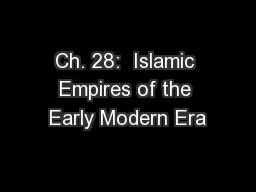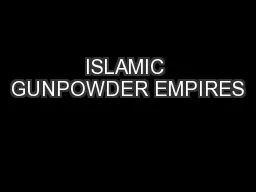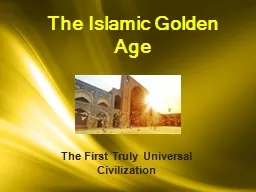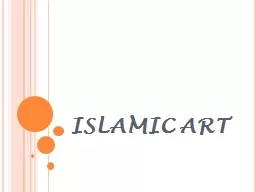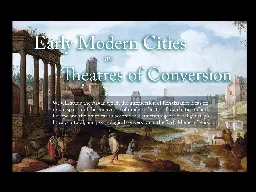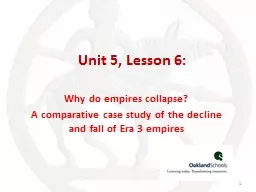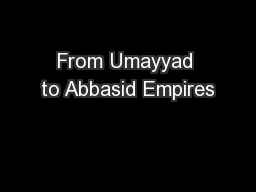PPT-Ch. 28: Islamic Empires of the Early Modern Era
Author : sherrill-nordquist | Published Date : 2016-05-02
From 1300 to 1700 three gunpowder empires dominated parts of Europe Africa amp Asia The Ottoman Empire The Safavid Empire The Mughal Empire These empires were
Presentation Embed Code
Download Presentation
Download Presentation The PPT/PDF document "Ch. 28: Islamic Empires of the Early Mo..." is the property of its rightful owner. Permission is granted to download and print the materials on this website for personal, non-commercial use only, and to display it on your personal computer provided you do not modify the materials and that you retain all copyright notices contained in the materials. By downloading content from our website, you accept the terms of this agreement.
Ch. 28: Islamic Empires of the Early Modern Era: Transcript
Download Rules Of Document
"Ch. 28: Islamic Empires of the Early Modern Era"The content belongs to its owner. You may download and print it for personal use, without modification, and keep all copyright notices. By downloading, you agree to these terms.
Related Documents

